When I started In Her Nature, I kept being told that women didn’t have a long history of sport. I was told that we only started running, hiking & climbing in the 1970s.When I said I wanted to write about women 100 years earlier, even my agent & editor queried whether I’d find any
I read academic scholars who claimed that ‘few women’ mountaineered (or hiked or climbed) in the past, and that ‘women’s historic role [in sport] was that of handkerchief-fluttering spectators.’ But I kept looking for sporty women in the past anyway.
Spoiler: I found hundreds and hundreds of amazing women, blazing trails in the great outdoors from the very beginning of the outdoor leisure and sporting industries.
Every weekday for 2 months I’ve tweeted a bio of a ground-breaking outdoorsy woman from history. These women are inspiring, tenacious, bloody-minded; forging ahead despite myriad constraints placed on them because they were women. There are 1000s more whom I haven’t tweeted about
I wanted to read & write about such women because I was tired of the fact that, when I went for a run and got jeered at (or chased) by passing men, I came home with the impression that the outdoors was men’s domain – and I was an interloper.
I wanted to reassure myself, and other women, that we have a history of sport and adventurousness that is just as long and inspiring (perhaps even more so) as the history of men in sport.
This became so important to me after personal bereavements, when it felt like I’d lost everything: my sanity, health, community, my home in the world. I needed to run to be at home again in my own body, but I was deterred by street harassment & the sense that sport is men’s world
I realised that men’s refusal to let women be free & strong outdoors is felt by many of us as grief. It’s one of the profound losses that girls suffer during adolescence, as we are socialised into women. I’ve tweeted about this form of loss before:
https://twitter.com/drrachelhewitt/status/1323616208944549890?s=20
It took my own experiences of grief for me to become alert to the broader losses & dispossessions that women endure. In 1978, Andrea Dworkin spoke movingly about how grief had become her main response to the fact that ‘every woman walking alone is hunted, harassed’
So my book, In Her Nature – out TOMORROW – attempts to repair some of this grief. It’s about how running helps me to endure personal loss by helping me feel at home in my body & the world at large. But it’s also about how men inflict loss onto women by depriving us of freedom.
And one form of those inflicted losses is the fact that the history of women’s sport hasn’t been as diligently preserved as men’s history. So the book, and these tweets, are attempts to repair a bit of that loss, by shining a light onto some incredible sporty women in history.
These women insisted on being free outdoors, despite constraints that are identical to ones facing women today. These women were not complete outliers: they were part of a culture that, for a brief period, was relatively accepting of women in sport – before men fought back.
These women were no handkerchief-fluttering spectators. So, as a body of evidence to level against anyone daring to claim that sport is a man’s world, here is a recap – amalgamated into one thread - of all the remarkable women I’ve tweeted about over the last 2 months.
Lizzie Le Blond (1860-1934) was a global celebrity mountaineer, famed for Alpine winter ascents, author of 69 works, arguably the 1st female celebrity sports lecturer, photographer, film-maker, world-class figure-skater & tennis player & co-founded the Ladies’ Alpine Club in 1907




Martha Patty Shaw (1802-1867) was a widow, permanently disabled by childbirth & severely asthmatic. In 1845 she took her 6 children mountaineering in Switzerland & Italy. She wrote extensively about climbing from the perspective of a woman with disabilities, ascending in a chaise




Mary Paillon (1848-1946): taught to climb by her mother, Mary’s exclusion from the all-male Alpine Club was seen as a travesty. From 1897 she lived with her partner, the mountaineer Katy Richardson, & spent her old age recording the achievements of female climbers ('grimpeuses').




Amelia B. Edwards (1831-92) explored the Dolomites in 1872 & wrote an early travelogue. She later founded the Egypt Exploration Society & UCL Edwards Chair in Egyptology. She cross-dressed for research & was openly lesbian, at one time living with a woman & her clergyman husband




Emma Sharp (1832-1920) was a speed-walker. From 17 Sep-29 Oct 1864 in Bradford, Sharp covered 1000 miles in 1000 consecutive hrs (6 CONTINUOUS weeks) with no more than 90 mins sleep at any one time. Male spectators tried to throw the race by attacking her so she had to carry guns




Meta Brevoort (1825-76) was one of the 1st celebrity mountaineers, making 12 outright first Alpine ascents & 44 1st female ascents. Pointe Marguerite in the Mont Blanc massif commemorates her. But she got no obituary, unlike her dog, whose obituary appeared in the Alpine Journal.




Sarah Mapps Douglass (1806-82): abolitionist & botanical illustrator, who hiked to collect items for botanical drawings, which she used to teach African-American girls. She founded the Female Literary Association & was the 1st African-American woman at the Female Medical College




Margaret Green Kvikne (1850-94) started climbing in Norway in her 30s & became the 1st woman to summit Store Styggedalstind in 1888. She married her mountain guide & died of TB at 44. Her husband built a church to memorialise her, with a plaque: ‘The Mountains Shall Bring Peace’.




Cora Smith Eaton (1867-1939): suffragist, physician & mountaineer who saw clear links between her climbing (where she asserted women’s rights outdoors) & her politics (where she asserted women’s rights in the public sphere). In 1909 she took a Votes for Women banner up Mt Rainier




Ethel Smyth (1858-1944) wrote the suffragette anthem ‘March of the Women’ & spent 2 mths in prison. She played tennis & golf, hiked, rode & joined the Ladies’ Alpine Club. She was openly lesbian. Like many suffragists, she saw clear links between her mountaineering & her feminism




Katharine Furse (1875-1952) spent much of her childhood in the Alps, where she skiied & tobogganed. Widowed at 29 with 2 sons, she headed the Red Cross Voluntary Aid Detachment dept during WW1. Later she directed the Women’s Royal Naval Service, & World Association of Girl Guides



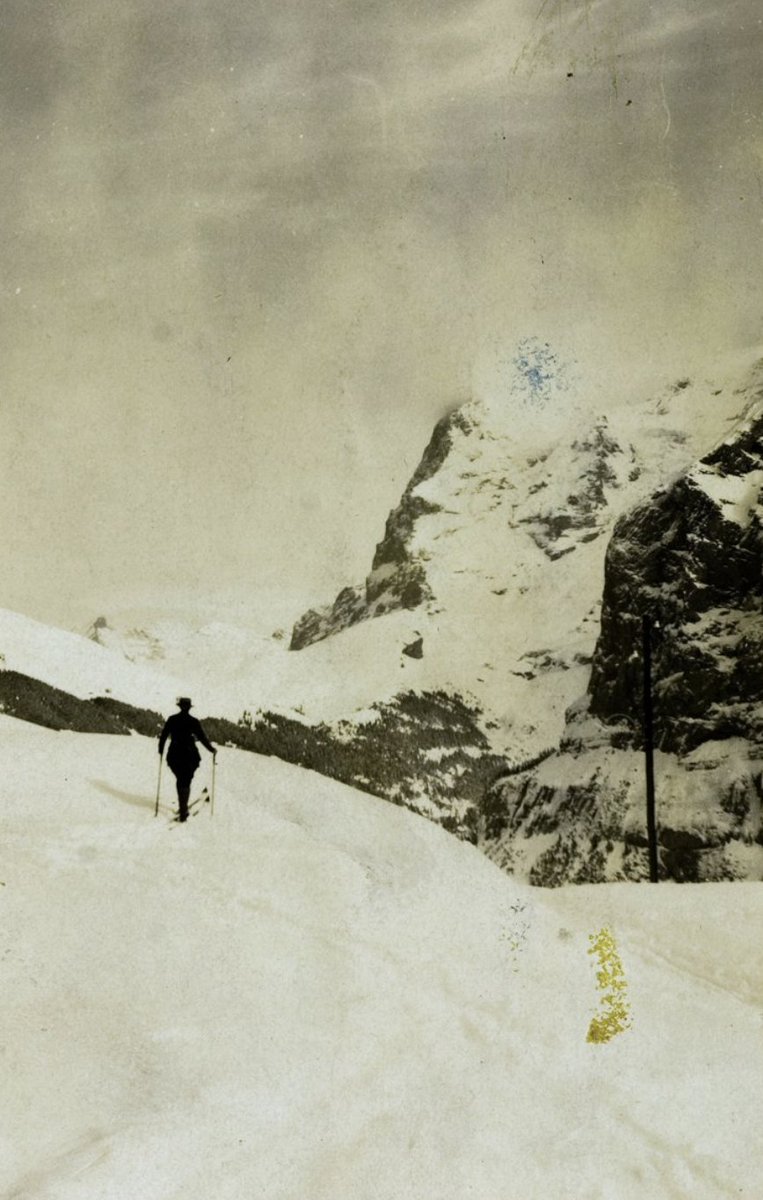
In 1786, Jane & Mary Parminter climbed Mt Buet, which became known as Parminter Peak or ‘Mt Blanc for the Ladies’. Jane & Mary designed & commissioned a 16-sided house, schoolhouses & almshouses for girls & women, & their wills insisted that property must pass only to women.




Louise Nettleton (1874-1954) was considered ‘one of the really great climbers’ of the early 1900s, leading hard Alpine routes & rock-climbing in the Lake District. In 1910 she organised a public exhibition of women’s mountaineering. She became a world champion archer in her 60s.




Wide paths through Brackenfell, nr Grasmere, were said to have been built for a disabled woman who wanted to roam the Lakes in her wheelchair. This was likely Hannah Alcock, mother of Ralph Alcock who ran the Lowther Hotel in the 1840s & was convicted of assaulting his wife Mary



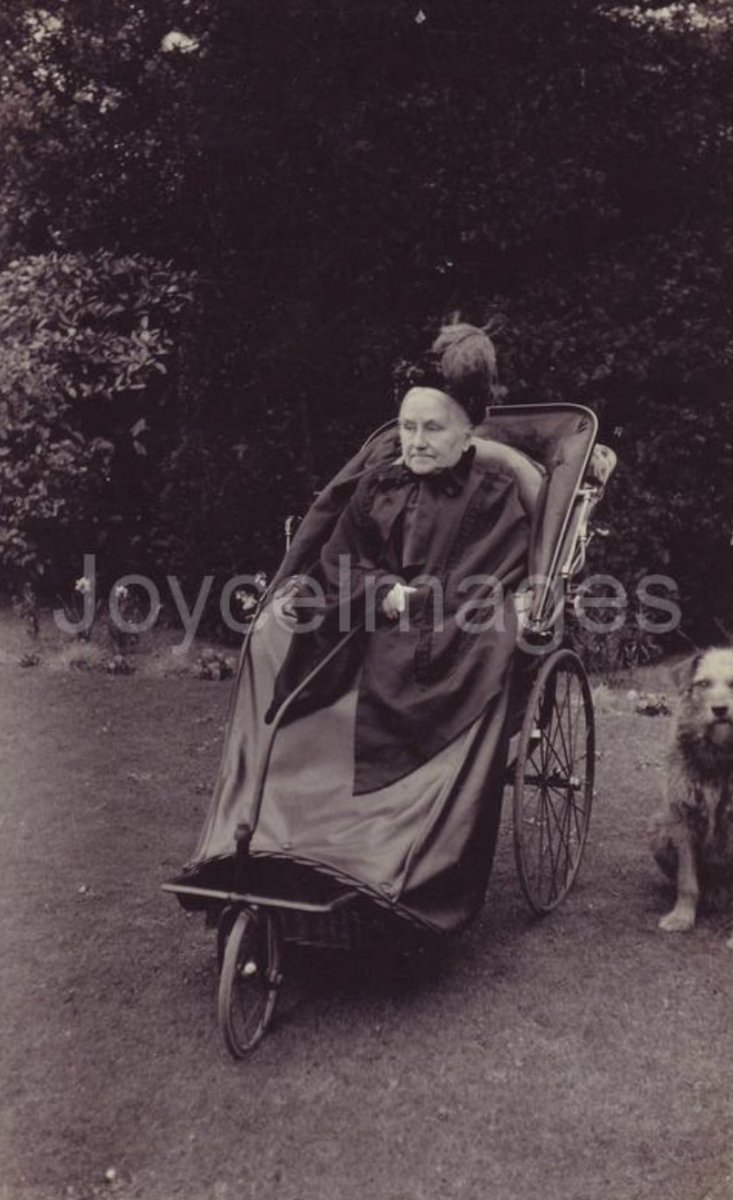
Alice Carthew (1867-1940) was Hon Sec of the 1st British women’s Alpine Club, & a cyclist. She was a Hellenist, translator & collector of antiquities & prints by Dürer & William Blake, & a politician. She was the University Women’s Club’s 1st librarian & lived with Lucy Agelasto.



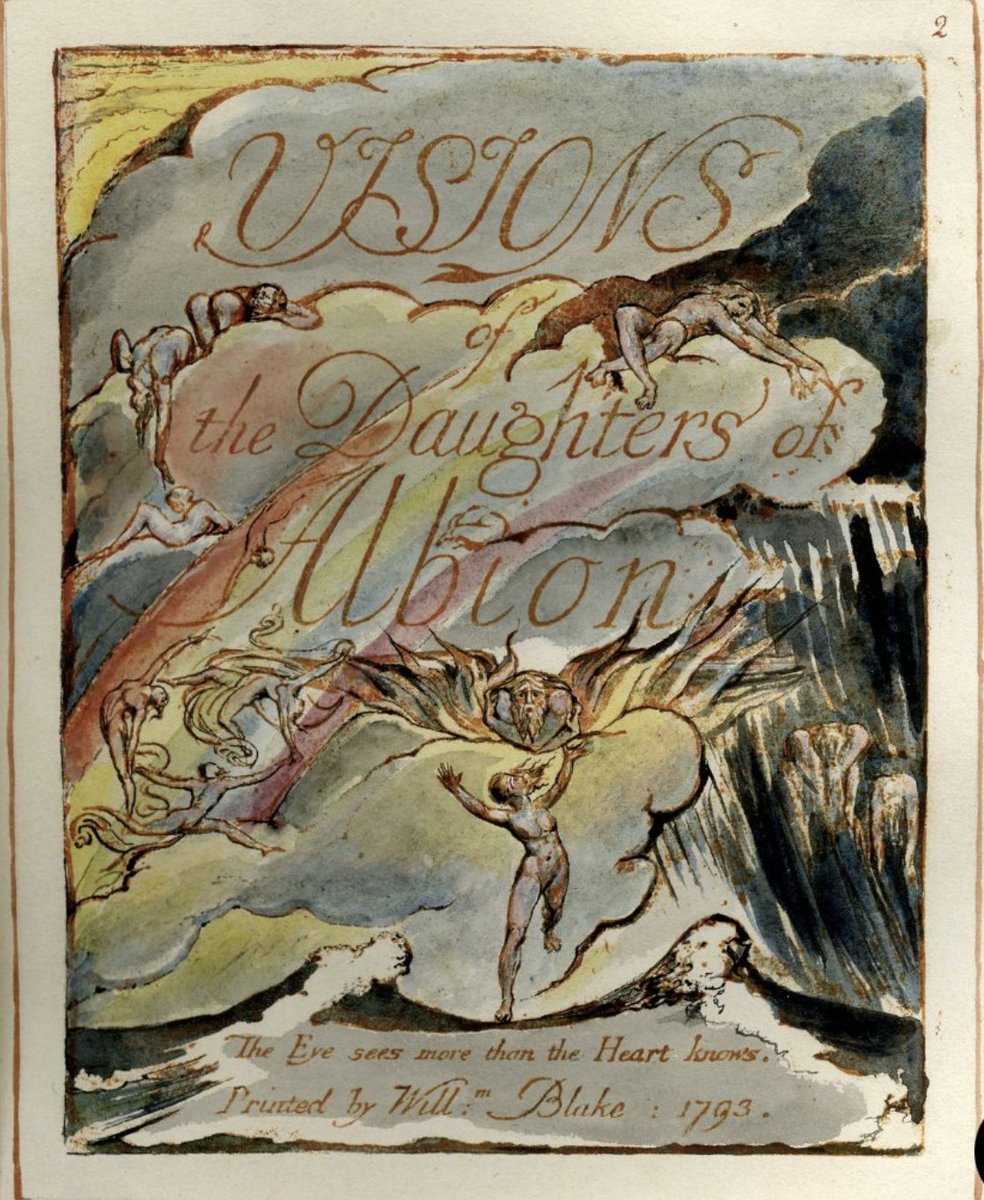
Mary Taylor (1817-93) knew that the outdoors could show women a better feminist world. She was Charlotte Brontë's friend & thought women should earn their own living: at 28, she set up a business in New Zealand. In 1874 she introduced a group of younger women to mountaineering




Margaret Jackson (1843-1906) is one of the most neglected women in mountaineering. In the 1880s she did 104 major Alpine ascents, incl 7 outright firsts. One of the only women to write for the Alpine Journal, she was a role model for female climbers. But who has heard of her? 
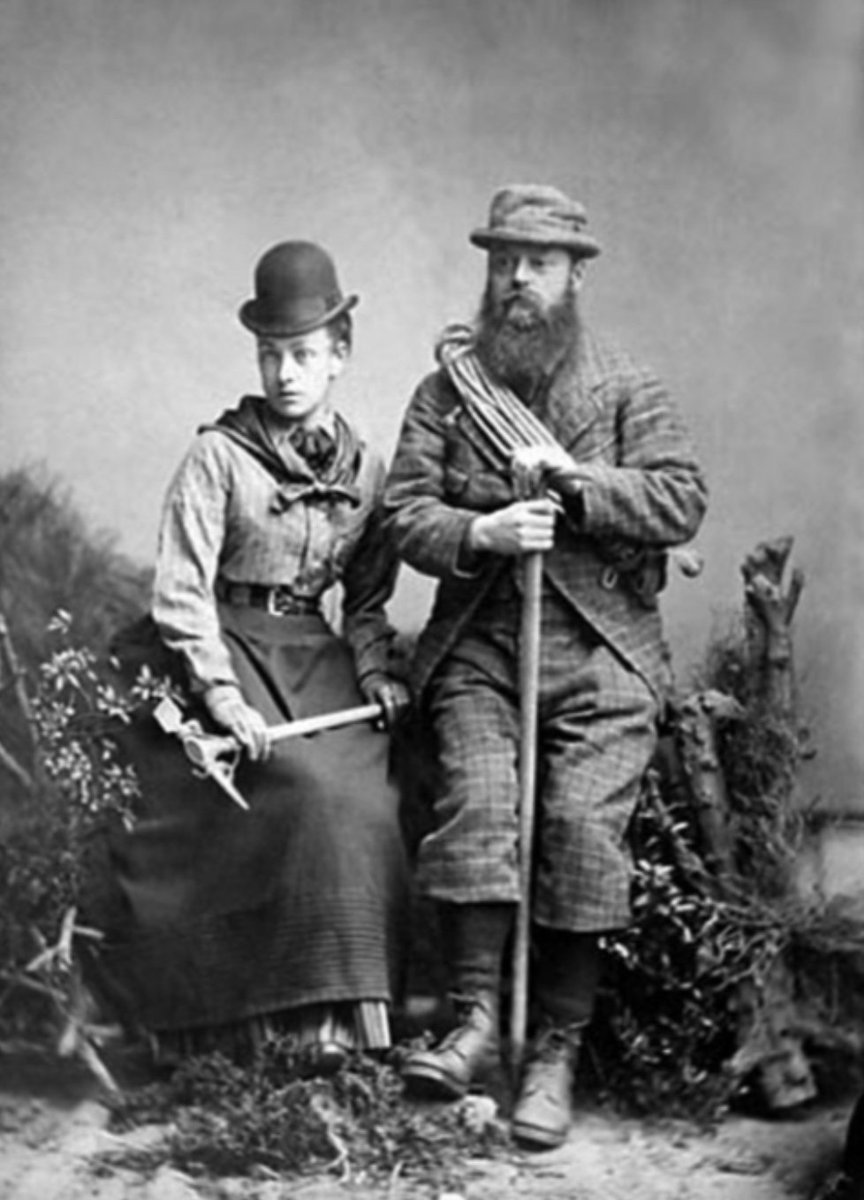
Edith Slingsby (1857-1935) learned to climb at Malham & Ingleborough. In 1875 she made the 1st female ascent of Glittertinden in Norway & published an account. Her sister-in-law Alizon also climbed, & her niece Eleanor co-founded the women's rock-climbing club, the Pinnacle Club.




Eliza Cole (1819-78) wrote one of the most famous outdoor memoirs of the C19th, A Lady’s Tour around Monte Rosa (1859).She described the practical constraints facing women & she adapted her long skirt for hiking by fixing rings round its hem & lifting it with a cord, like a blind




Ada Anderson (1843-?) was a singer, clown & theatre manager, before training in long-distance speed-walking & sleep deprivation. In 1878 she covered 1500 miles in 1000 continuous hours, & then competed in the US, where, mid-race, she entertained spectators with songs & speeches




In 1808 Marie Paradis (1778-1839) was the 1st woman to summit Mt Blanc. Unlike many mountaineers, Paradis was not rich. After her climb, her fame brought tourists to a tea stall she ran at the mountain’s base. Some climbers were sniffy about this link between mountaineering & ££s 

Elizabeth Spence Watson (née Richardson, 1838-1919) made the 1st ascent of the Balfrin on honeymoon in 1863. She was from a family of outdoorsy women who made spaces for women to flourish. Her sister Anna helped found Girton College & her niece Teresa Merz set up women’s refuges




Frances Ellen Watkins Harper (1825-1911) was a nature-poet. In Forest Leaves, she warned against romanticising nature, as it was a location for slavery. She defended Black women’s right to be free outdoors: 97 years before Rosa Parks, Harper resisted eviction from a railroad car.




Florence Dixie (1855-1905) corrected Darwin’s work on Patagonia, based on her travels; wrote on women’s rights, predicting a female PM by 1999; Boer War correspondent; president of British Ladies’ Football Club; & loved hunting before being VP of the London Vegetarian Association




Doctors told Lucy Walker (1836-1916) to climb to help her arthritis. She did c.100 expeditions including a 1st ascent of the Balmhorn & 1st female ascent of the Matterhorn.She was the 1st really famous female climber but was obscured by 20 men in a pic of famed C19th mountaineers



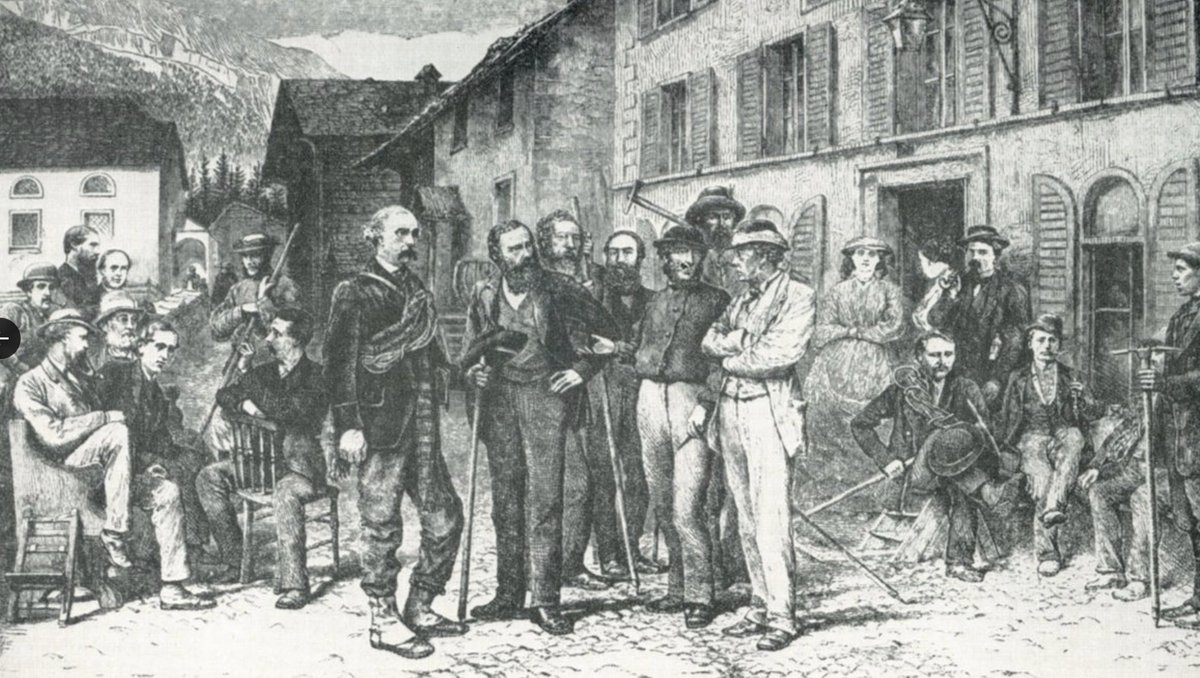
In 1917 Lucy Diggs Slowe (1885-1937) was the 1st Black woman to win a major title – the American Tennis Association’s 1st tournament – at a time when Black athletes were banned by the US Lawn Tennis Association. Slowe later became the first Black female Dean in any US university.


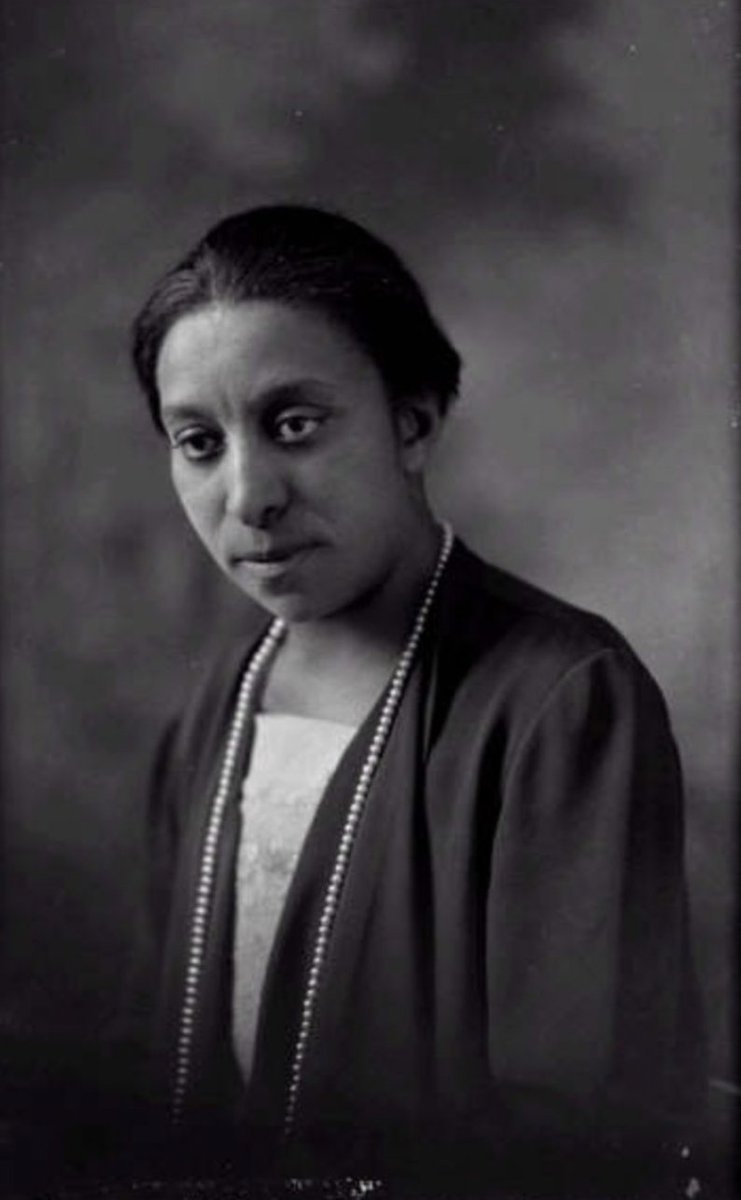

Drs told Isabella Bird (1831-1904) to start outdoor pursuits to help spinal problems. She rode 800 miles in the Rockies, went to Australia, Japan, China, Vietnam, & more. She set up a hospital in Kashmir, had a relationship with an outlaw, & was the 1st woman elected to @RGS_IBG




Lizzie Fox Tuckett (1837-72) climbed in the Tyrol in the 1860s & drew her friends. Her sister Mariana (1839-1908) climbed her whole life, ascending in a chaise in old age. Cousin Maria Howard Fox drew the menu for a Ladies’ Alpine Club dinner, showing the Jungfrau as a young frau




Sarah Dovey (1779-1863) was a ‘walking carrier’ (courier) from Herefordshire. In 1848, a journalist calculated she was clocking up a weekly mileage of 96 miles & a lifetime mileage of 79,776 miles (3+ times the globe’s circumference). In her 70s she was robbed on the job




In 1838 Henriette d’Angeville (1794-1871) was the 2nd woman up Mt Blanc. Aristocratic, with family killed in the Revolution, she saw herself as a very different kind of climber to the 1st woman up Mt Blanc (Marie Paradis, who was working class & monetised her fame). 

Jane Freshfield (1814-1901) wrote 2 of the most famous C19th mountaineering books:Alpine Byways & A Summer Tour in the Grisons. Fed up of men depicting women as incompetent, she gleefully described how it was her husband who got lost, fell over, hurt knees & needed frequent rests 

Jemima Morrell (1832-1909) took part in the 1st package tour of Switzerland, organised by Thomas Cook in 1863. She kept a detailed journal, which was later published. She was a member of the Junior United Alpine Club, & an inspiration for poet @HelenMort in No Map Could Show Them




Anna & Ellen Pigeon (1832-1917 & 1836-1902) were sisters, famed for the 1st descent of the Seserjoch, a treacherous pass nr Zermatt. The descent was a mistake: the male guide got lost, & the Pigeon sisters had to take over & get them all safely down. 

Eva Fox-Strangways (aka Henrietta Strangway, Margaret Sinclair, Helen Drummond; d. 1910) was an ‘adventuress’ or swindler. Born in a pub, she went to Girton College; & from 1897-1910 she travelled round posh mountaineering resorts, claiming to be aristocratic & living off credit. 

Frederica Plunket (1838-88) wrote a perceptive book on women’s mountaineering & saw how climbing gave women ‘hard work’ & ‘absolute rest’, rather than the unbroken boredom of upper-class life. She was a botanical illustrator & her sister was Ireland’s oldest person, at c. 112 yrs




Therese Bertheau (1861-1936) was a top Norwegian climber: 1st woman to ascend Storen, in 1894. She got into climbing by working as a translator for tourists. She inspired British climber William Cecil Slingsby, helping him with a book on Norway & introducing him to composer Grieg




In 1883 Margaret Wharton (1861-1938) was the 1st to summit the Lagginhorn in Switzerland, with her sister and/or mother. Until the 1880s women were usually named in mountaineering reports; but after that, men anonymised them & the Whartons were reported just as ‘2 English ladies’ 

Maud Meyer (1862-1924) climbed in the Alps every year from 1890 & was President of the Ladies’ Alpine Club thru WW1. She taught maths at Girton College & was among the 1st women elected to the @RoyalAstroSoc. She carved, & led the carving of the oak panelled Girton college chapel




Fanny Bullock Workman (1859-1925) was one of the most famous professional athletes of the C19th. An explorer & mountaineer, she cycled 1000s of miles across Europe, North Africa & India, & set the women's altitude record in the Himalayas, where she held up a Votes for Women sign.




Katy Richardson (1854-1927) made major, ground-breaking ascents of 116 peaks. In 1888, she heard a rumour that a woman was planning the 1st ascent of the Meije, her long-planned goal – so she rushed to the mountain to do it first, & discovered that the rumoured woman was herself. 

There are hundreds – THOUSANDS – more examples of historical women breaking boundaries in the great outdoors. I haven’t mentioned Mrs Hamilton
Emma Winkworth, Emmeline Lewis Lloyd, Frances Havergal, Emily Hornby, Isabella Straton or Constance Gordon Cumming.
Emma Winkworth, Emmeline Lewis Lloyd, Frances Havergal, Emily Hornby, Isabella Straton or Constance Gordon Cumming.
But I have to stop somewhere & today is a good place. I hope you’ve enjoyed this thread! You can read more about these brilliant women & about how men try to drive women out of sport (& public life)- & how women fight back against these losses – in my book amzn.eu/d/dJq9XRK
@threadreaderapp unroll
• • •
Missing some Tweet in this thread? You can try to
force a refresh













